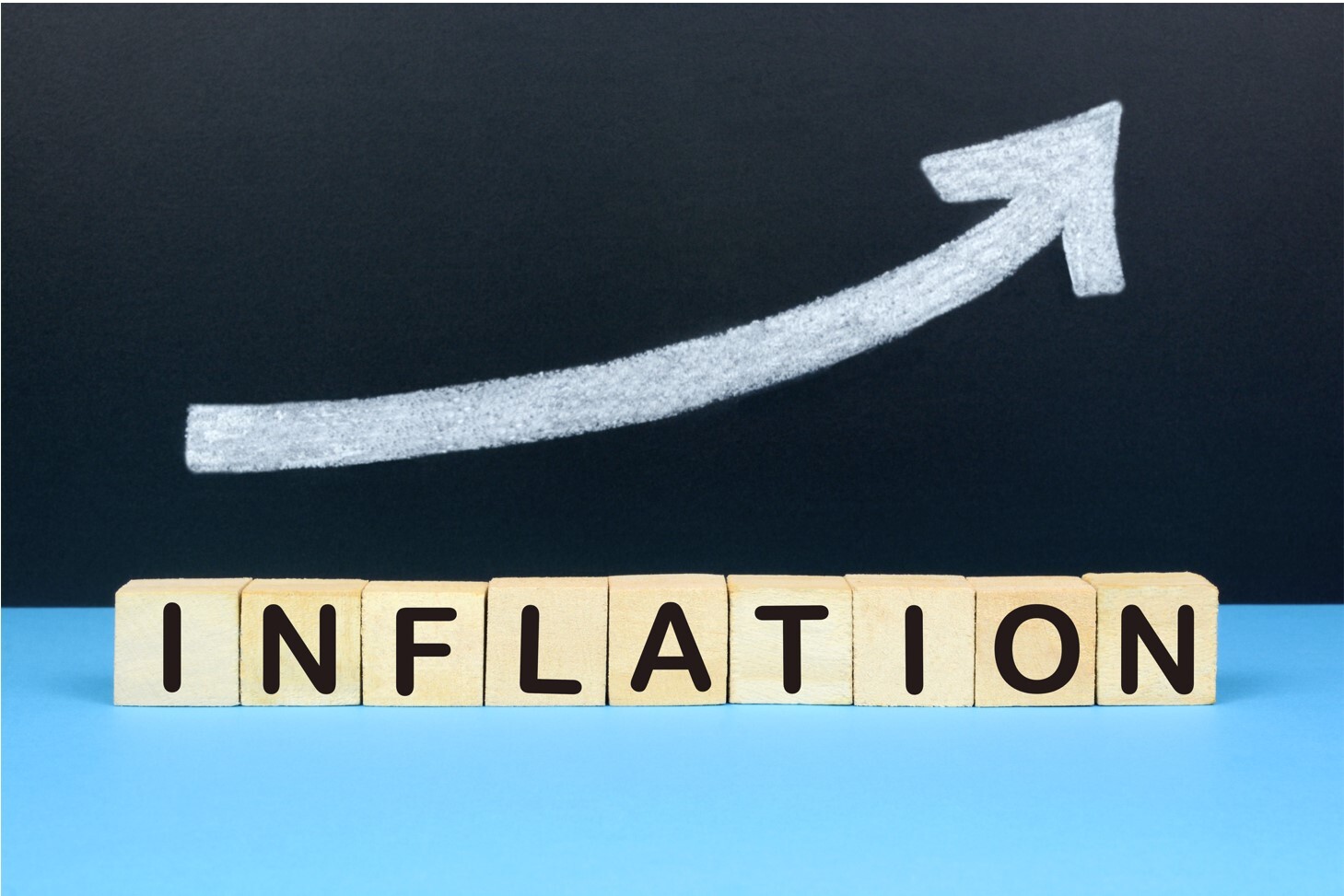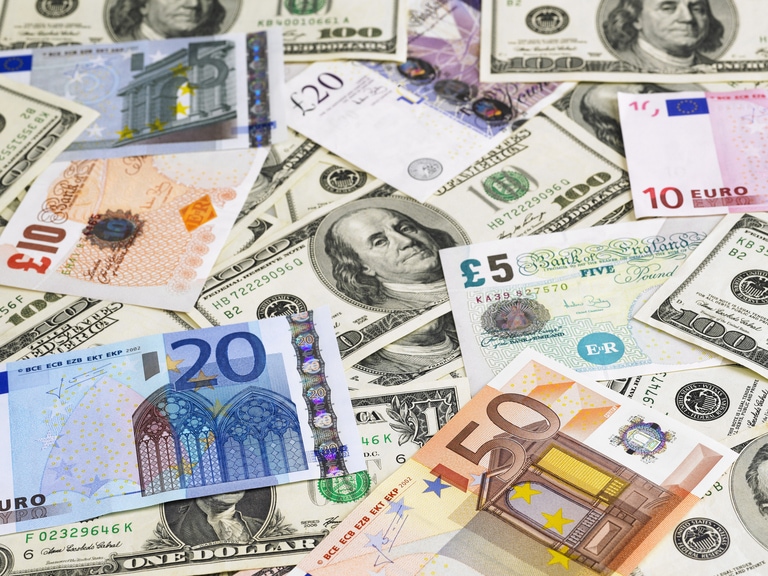Despite posting their best levels in over a fortnight yesterday, European markets plunged sharply in the afternoon session after US CPI inflation fell back less than expected in August, while core prices jumped sharply.
The effect on US markets was even more brutal with the S&P500 posting its biggest one day fall in over two years after US core CPI for August surged from 5.9% to 6.3%, and which is likely to translate into further weakness in European markets when we open again later this morning.
Despite the positives of lower gasoline prices yesterday’s numbers showed that US inflation was starting to become more embedded thus inviting the prospect of a much more aggressive Federal Reserve when it comes to its next rate rise.
The bigger than expected jump in core prices has prompted speculation the Fed might go for a more aggressive option of a 100bps rate hike when they meet next week.
More worryingly the rise in core prices would appear to suggest that inflation is likely to be much stickier over the next few months that markets had originally been hoping, thus adding to the risk we could see the Federal Reserve, not only be much more aggressive on rate hikes, but keep those rates higher for much longer.
It’s certainly not a number that Fed officials are going to be happy with, and will merely serve to reinforce Powell’s message that the Fed will keep at it on raising rates until there is clear evidence that inflation is on a sustainable downward path.
Yesterday’s number runs counter to the downward narrative, and helps to explain the outsized reaction in stocks, yields and the US dollar, however it doesn’t mean the Fed will do 100bps next week as some have been suggesting.
A 100 bps move would send completely the wrong message, implying a knee-jerk response on the basis of a single month, and potentially spook the market even more than we saw yesterday.
It’s more certain than ever we get another 75bps next week, with the potential for two more 50bps moves in November and December, which would put the fed funds rate at 4.25% by year end.
With all eyes now shifting to the Fed next week, and the prospect of a another 75bps rate hike, today’s US PPI numbers are unlikely to undermine that narrative even if we see further sharp falls in the headline numbers in the same way we saw in July.
Yesterday’s inflation number from the US and the market reaction to it poses further problems for the Bank of England with the pound close to its lowest levels since 1985 against the US dollar, as we look to today’s UK CPI numbers for August.
It wasn’t too much of a surprise when we hit double figures given that it had started to become increasingly obvious as far back as March, that the surge in commodity prices at the time would push it into double figures.
Even without the benefit of hindsight concerns were being raised back in the spring that the Bank of England was behind the curve on its rate hiking cycle, and once again has shown up the banks shortcomings when it comes to its inflation mandate, with the central bank being a little too cautious.
In July we saw food prices driving the gains, although recent declines in petrol prices might help with the month on month numbers. Nonetheless yesterday Kantar reported grocery price inflation of 12.4% in August which suggests that economist forecasts of a modest decline to 10% in today’s August numbers might be optimistic.
Core prices could be more of problem given they rose sharply to 6.2%, in July, and if the US is any guide yesterday could move higher still.
This would be more of a worry for the Bank of England and could force them to move by 75bps next week, with the potential for more to come by year end. At least this week’s delay gives the Bank of England the luxury of waiting to see what the Fed does before they make a decision on 50bps or 75bps.
On the plus side, last week’s decision by the UK government to freeze energy bills at the April price cap level should limit the worst predictions for headline CPI, however it won’t change the fact that inflation is likely to remain persistent for longer.
Earlier this morning it was reported that the Bank of Japan conducted a rate check on the USD/JPY, sending the yen sharply higher and the US dollar lower, in what could be preparing for actual intervention.
This should be considered a warning shot by the BoJ although it should also be mentioned that it is their current monetary policy that is contributing to the problem, which means we could be being set up for some sort of tweak at next week’s BoJ meeting.
EUR/USD – ran out of steam at the 1.0200 area and trend line resistance from the highs this year, falling back sharply. A break through 1.0200 is needed to signal further gains. The extent of the falls yesterday suggests we could see a retest of the previous lows at 0.9865.
GBP/USD – ran out of steam above the 1.1700 level, slipping back from the 1.1735/40 level. Key support remains at the 1.1410 area. A move below 1.1400 targets 1.1000.
EUR/GBP – the 0.8720/30 level is currently capping the prospect of further gains. A move below 0.8630 opens up the 0.8580 area.
USD/JPY – held above 141.50 and looks set to retest the 145.00 area, with a break targeting the 1998 highs at 147.70. A move below 141.00 could signal further declines towards 139.80.






